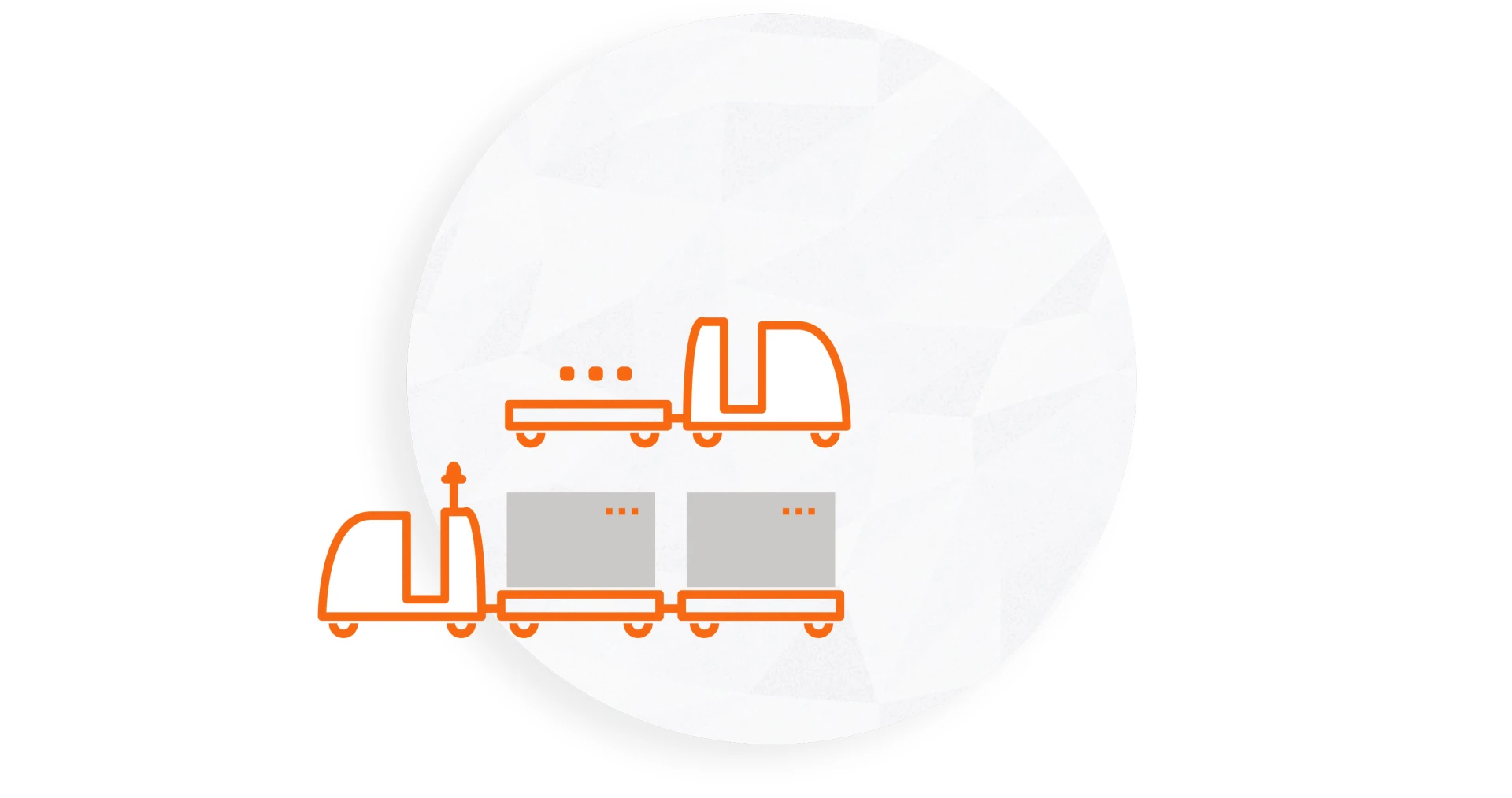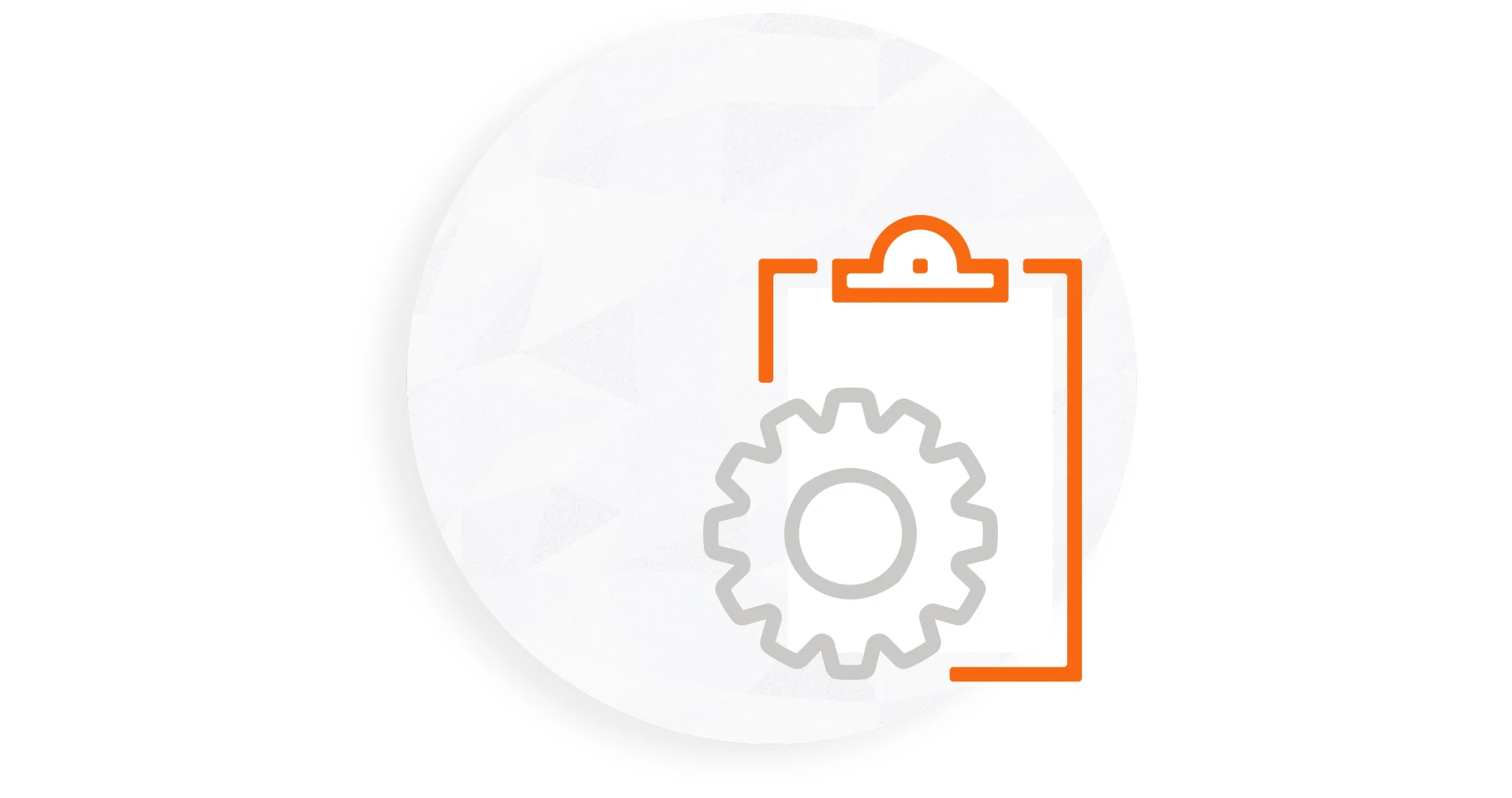
The train to the future
Automation with tugger trains
What’s vaguely referred to as ‘Industry 4.0’ in the sector often starts with individual automation solutions, such as driverless transport systems (DTS) and, specifically, automated tugger trains.
But what does the path to an automated tugger train look like in your company? Each tugger train automation is individual and depends on various factors, such as the floor, aisle widths, traffic situation, range of containers and the IT landscape. Initially this also involves the automation of individual routes or sub-areas in the process, such as driving or loading and unloading.

Our white paper provides information on all the relevant topics relating to the how, what and why of the automation of tugger train systems.
Are you prepared for the future?
Subscribe to the STILL newsletter now and receive the white paper on tugger train automation!
Expertise and experience are key factors for the success of your automation project. The sustainable development of production logistics in the company requires a holistic view and a network of strong partners.
That’s why STILL is your ideal partner for tugger train automation:
- comprehensive system provider – from the initial consultation through to implementation
- 20 years of experience in implementing tugger train systems
- inventor of the LiftRunner: best in the industry for 10 years
- our tugger trains are produced in-house
Automated tugger trains are introduced systematically and in accordance with your individual requirements. Automation solutions are always tailor-made.
With our expertise, we support you in the analysis of your processes and identify automation potential to position your company for the future. You decide whether you would like to take advantage of our additional consulting services. The services are carried out by experienced STILL intralogistics experts and include the following steps in detail:

1. Potential analysis:
- comprehensive process and data analysis on-site
- determination of capacity and performance requirements
- analysis of the technical and economic feasibility of a DTS

2. Concept preparation:
- development of a target concept in close collaboration with you
- proposals for layout and adaptations to the environment
- calculation of the expected truck requirements
- determination of budget prices

3. Preparation of the requirements specification:
- detailed project and process description (target concept)
- definition of requirements (incl. IT, safety, operational environment)
- Development of a functional requirements specification as the basis for implementation
Requirements analysis
Our offer for the joint preparation of the concept and requirements specification
We answer the following question together with you: What potential for automation can be uncovered in your warehouse and production logistics – and what does your automation system ultimately have to achieve?
Result: an individual requirements specification based on your needs, which you can use for your invitation to tender. The requirements specification is the technical basis for your automation concept.








